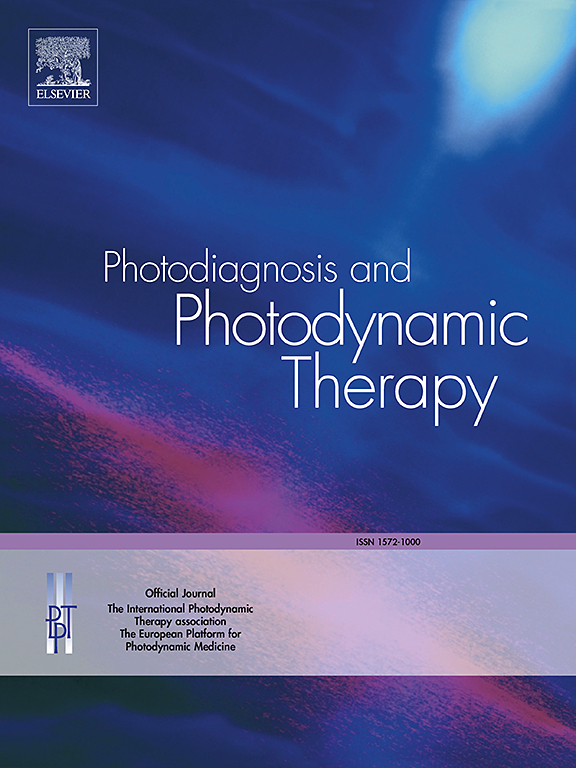Comparison of small incision Lenticule extraction and Transepithelial photorefractive keratectomy in terms of visual quality and accommodation in Myopic patients
IF 3.1
3区 医学
Q2 ONCOLOGY
引用次数: 0
Abstract
Background
To investigate the differences of surgical results, visual quality and accommodative function between small incision lenticule extraction (SMILE) and transepithelial photorefractive keratectomy (tPRK).
Methods
Prospective study analyzing 279 eyes of 143 myopic patients. Included 71 patients 140 eyes undergoing SMILE and 72 patients 139 eyes undergoing tPRK. Measures included visual acuity, refractive error, total and corneal higher order aberrations (HOAS), and accommodative function at baseline and 1 and 3 months postoperatively.
Results
At 3 months postoperatively, both SMILE and tPRK demonstrated comparable safety and efficacy profiles. The safety index (SI) was 1.19 ± 0.18 for SMILE versus 1.15 ± 0.15 for tPRK (P = 0.12), while the efficacy index (EI) showed 1.24 ± 0.19 for SMILE versus 1.22 ± 0.18 for tPRK (P = 0.12). Notably, SMILE induced greater vertical coma aberrations and trefoil aberrations compared to tPRK, regardless of pupil diameter. Despite this, total higher-order aberrations (HOAs) decreased in the SMILE group but increased in the tPRK group, though the inter-group difference was not statistically significant (P = 0.16). Regarding accommodative function, both procedures improved postoperative parameters. At 1 month, SMILE demonstrated superior performance in relative accommodation (PRA) and monocular accommodative amplitude (MMA) compared to tPRK (P < 0.05 for both). No statistically significant differences were observed in other parameters between the groups at any follow-up time point.
Conclusion
Both SMILE and tPRK are effective and safe for correcting mild to high myopia. SMILE induces more corneal aberrations but shows earlier enhancement of accommodative reserve compared to tPRK.
小切口晶状体摘除术与经上皮性光屈光性角膜切除术在近视患者视觉质量和适应性方面的比较
研究小切口晶状体摘除术(SMILE)与经上皮性光屈光性角膜切除术(tPRK)在手术效果、视觉质量和调节功能方面的差异。方法对143例近视患者279眼进行前瞻性研究。71例患者140眼行SMILE, 72例患者139眼行tPRK。测量包括基线和术后1个月和3个月的视力、屈光不正、总和角膜高阶像差(HOAS)以及调节功能。结果术后3个月,SMILE和tPRK均表现出相当的安全性和有效性。SMILE的安全性指数(SI)为1.19±0.18,tPRK为1.15±0.15 (P = 0.12); SMILE的疗效指数(EI)为1.24±0.19,tPRK为1.22±0.18 (P = 0.12)。值得注意的是,与tPRK相比,SMILE诱导了更大的垂直彗差和三叶像差,而与瞳孔直径无关。尽管如此,SMILE组的总高阶像差(HOAs)降低,tPRK组的总高阶像差(HOAs)升高,但组间差异无统计学意义(P = 0.16)。关于调节功能,两种手术都改善了术后参数。1个月时,SMILE在相对调节(PRA)和单眼调节幅度(MMA)方面表现优于tPRK (P <;两者均为0.05)。在任何随访时间点,组间其他参数均无统计学差异。结论SMILE和tPRK矫正轻、高度近视均安全有效。与tPRK相比,SMILE诱导的角膜畸变更多,但调节储备的增强更早。
本文章由计算机程序翻译,如有差异,请以英文原文为准。
求助全文
约1分钟内获得全文
求助全文
来源期刊

Photodiagnosis and Photodynamic Therapy
ONCOLOGY-
CiteScore
5.80
自引率
24.20%
发文量
509
审稿时长
50 days
期刊介绍:
Photodiagnosis and Photodynamic Therapy is an international journal for the dissemination of scientific knowledge and clinical developments of Photodiagnosis and Photodynamic Therapy in all medical specialties. The journal publishes original articles, review articles, case presentations, "how-to-do-it" articles, Letters to the Editor, short communications and relevant images with short descriptions. All submitted material is subject to a strict peer-review process.
 求助内容:
求助内容: 应助结果提醒方式:
应助结果提醒方式:


